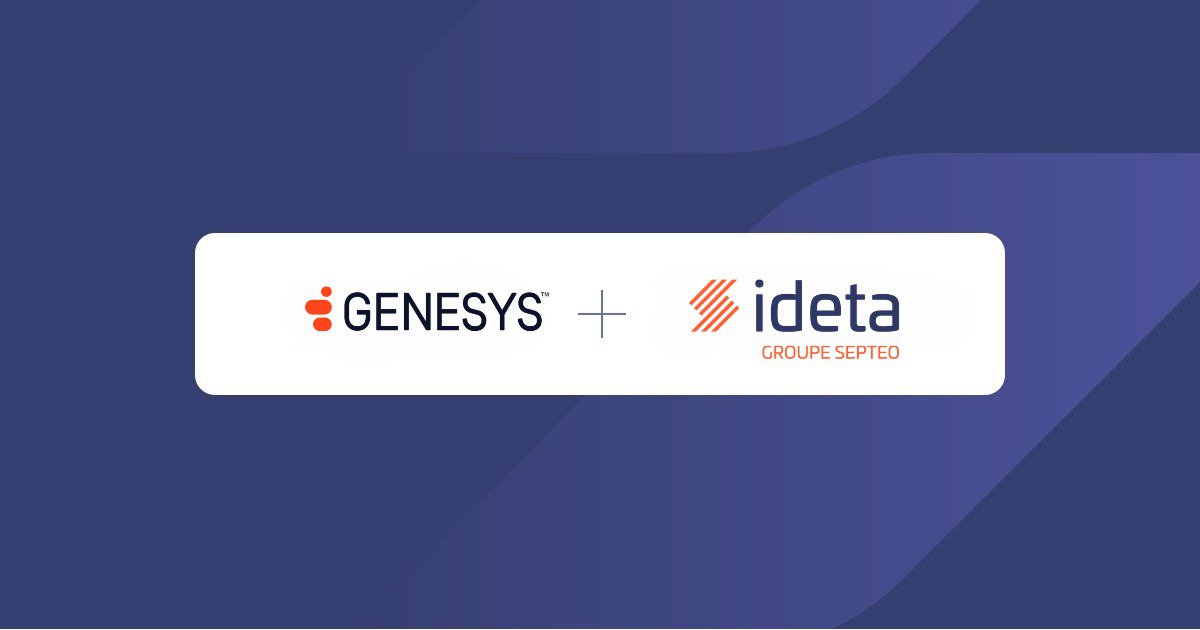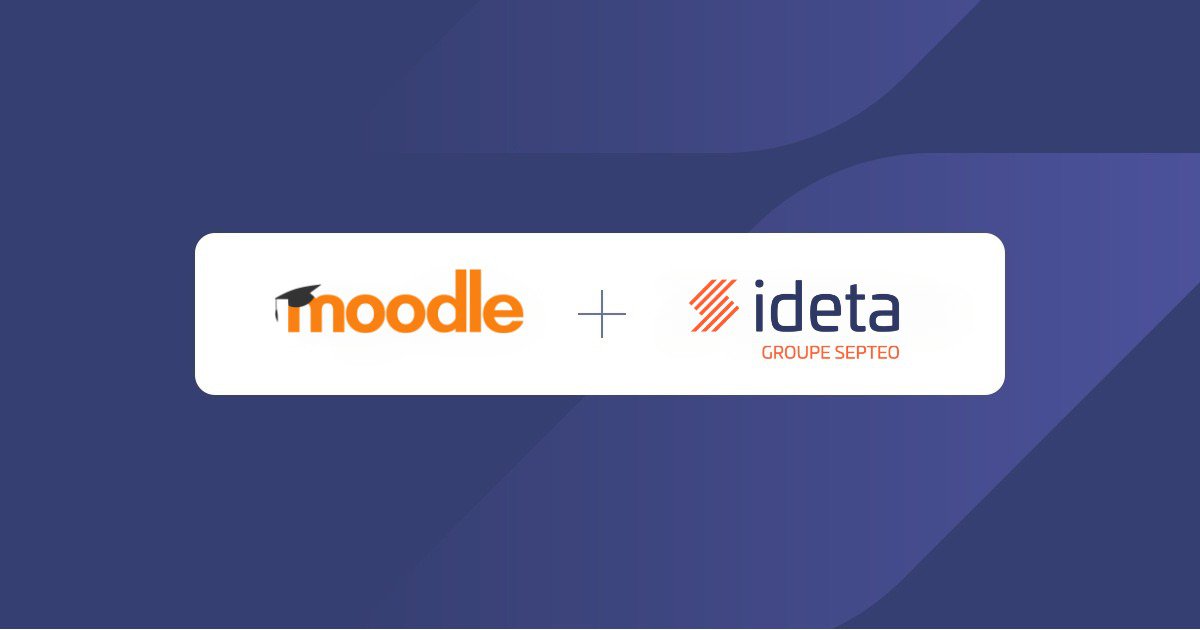Uses of Artificial Intelligence in Chatbots
What’s a Rich Text element?
The rich text element allows you to create and format headings, paragraphs, blockquotes, images, and video all in one place instead of having to add and format them individually. Just double-click and easily create content.
Static and dynamic content editing
A rich text element can be used with static or dynamic content. For static content, just drop it into any page and begin editing. For dynamic content, add a rich text field to any collection and then connect a rich text element to that field in the settings panel. Voila!
How to customize formatting for each rich text
Headings, paragraphs, blockquotes, figures, images, and figure captions can all be styled after a class is added to the rich text element using the "When inside of" nested selector system.
Eliza. This is the name of the first ever chatbot to be built in 1966 by MIT computer scientist, Joseph Weizenbaum. Using Natural Language Processing (NLP), Eliza was able to understand and answer a few simple questions. A chatbot is indeed a conversational robot specifically programmed to instantly answer its users’ questions. From this date until today, bots have naturally evolved, becoming more and more efficient and being able to answer very complex questions and process a substantial amount of data. Now, developers of Amazon's Alexa use deep-learning to create an even more natural experience for users.
Nowadays, chatbots keep gaining ground as, according to surveys, customers and employees actually like using them for a number of reasons among which the fact that they don’t feel ashamed to ask seemingly simple questions to which chatbots provide clear and instantaneous answers, without any judgment. On the other hand, businesses enjoy the help of chatbots as they increase customers’ engagement and loyalty, as well as automate repetitive tasks, then freeing up employees’ time for higher value-added activities.

Three types of chatbots:
There are three main types of chatbots.
Rules-based chatbots
Rules-based chatbots, also called decision-tree bots, or linguistic based bots, use algorithms to understand users’ inputs and provide corresponding answers. They can only answer questions and handle tasks which have previously been programmed in the chatbot. If users’ inputs go off script, the chatbot is unable to provide an answer. These chatbots are not able to learn from interactions with customers, they don't possess enough "intelligence".
AI chatbots
On the other hand Artificial Intelligence (AI) based Chatbots understand pretty much everything users say by using Natural Language Processing (NLP). As they use Machine Learning, the more they interact with customers, the more they become efficient and able to understand complex phrases and provide personalised answers to them. They can also be connected to other softwares and APIs like ERPs and CRMs which facilitates and automates data processing.
Hybrid chatbots. The full power of AI chatbot
When combined, rules-based chatbots and AI based chatbots become hybrid chatbots. This last model of chatbots not only offers the possibility for users to have a very simple and fast conversation with the chatbot through quick replies, but can also have very complex exchanges by using local and global NLP.
.png)
What is AI and how do chatbots actually use it?
Back in the 1950’s, Alan Turing invented the well-known Turing Test which consisted in a series of questions of which the purpose was to determine if an interlocutor was a human being or a machine. Although this test is still used nowadays, as previously explained, most people say they like speaking to a machine in specific contexts. Therefore it is not that important to try and make your chatbot as human like as possible. However, the more your chatbot is able to hold a complex but flowing conversation, the better.
Artificial Intelligence basically means “machine intelligence”. It offers chatbots the possibility to understand complex queries and to provide personalised answers or solutions to each. AI Chatbots can therefore be used in various fields contributing to customer engagement and satisfaction, to a conversational marketing strategy as well as to the well-functioning of a business’s internal operations in general. Thanks to AI, they can indeed fulfil a plethora of different roles from helping customers find a product or an information, to allowing employees to manage their timetables, to performing complex calculations.
How to make an AI chatbot?
The first step to building a chatbot is to define its use. It can have multiple purposes, however you will always have to determine them beforehand. You will probably find mapping out a strategy and building a tree of possibilities helpful for this step. AI Chatbots can be used for customer support, to help them find what they need, to answer FAQs, etc. It can also be used inside a business entity. For example HR Chatbots are quite popular as they allow HR staff to delegate repetitive tasks, such as recruitment, sick leaves, holidays, or even payroll. AI chatbots can also be used in universities.
Ideta offers a very intuitive and user-friendly software on which you can easily create high-performance chatbots without having to know anything about programming. To build the perfect AI chatbot with Ideta, you can follow our steps to create your own chatbot in just a few days without coding. Once you are happy with the result, don’t forget you will still be able to modify your chatbot in the cockpit even once deployed. In fact, it is best to keep improving your chatbot on a regular basis. By using Ideta’s cockpit, you will be able to keep an eye on your chatbot’s conversations and identify areas of improvement. You will then be able to improve your chatbot by modifying, adding, or eliminating bubbles, intents, or example sentences. Moreover, by using Machine Learning, you will also be able to let your chatbot learn new phrases and become more intelligent and efficient on its own, through the multiple conversations it will have with users.
Why are AI chatbots essential to your business?
If you decide to implement a Chatbot into your business, you will soon notice it offers manifold benefits. Firstly, by automating most repetitive tasks, it will free up your employees time, leaving them more time for higher value-added activities. Your staff skills will thereby be maximised and you will most likely be able to reduce staff costs. On the other hand, implementing a chatbot into your company will also have an impact on customer engagement. Clients will be able to communicate with your business 24 hours a day through multiple channels of communication. They will also receive instantaneous and more tailored answers to their questions, then significantly improving customer relationship. In the long run, chatbots will thus drive more revenue to your business.
To conclude, AI chatbots are part of a fast-growing sector. More and more businesses decide to take the plunge and implement AI Chatbots into their company either to help customers, or to support employees, sometimes both. At Ideta, we are convinced that future companies will be conversational as our world is becoming more and more interconnected and digitised.
If you are interested in building a Chatbot, have a look at the rest of our website. You can also get in touch with our team at contact@ideta.io.

.jpg)







